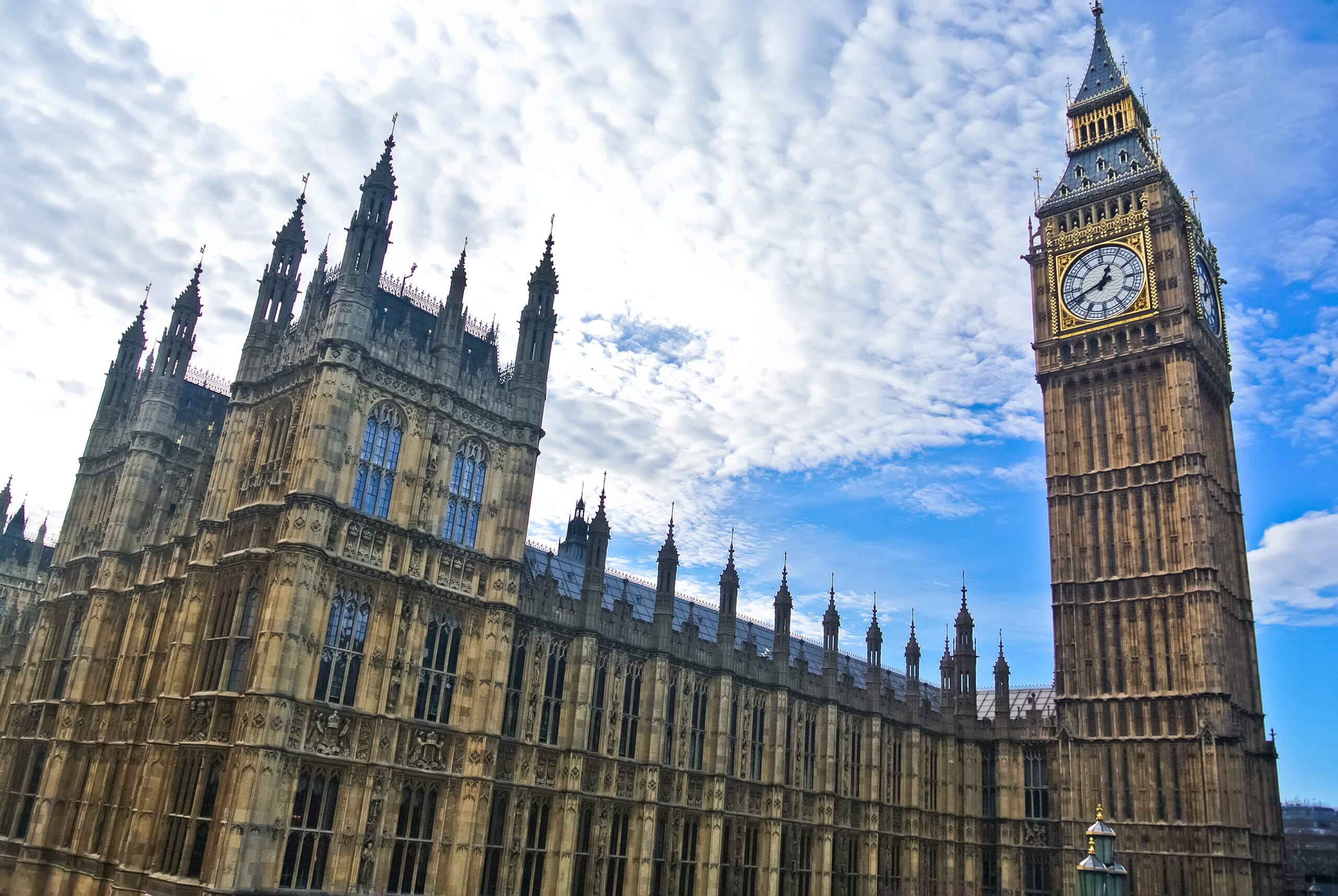
What happened in 2019? An Overview: Part 1
Regulatory Updates
What happened in 2019? An Overview: Part 1
When we think about making new buildings energy efficient and sustainable, 2019 may not feel like the most inspiring year.
On one hand it was another year of stagnation with no regulation changes to reduce energy use, but throughout the year foundations were being laid to get us ready for what could be the biggest leap since Part L was first made mandatory.
Technical Specialist Jon Ponting reviews how the recent developments in Westminster have set us on course for a very interesting year.
2019 started with a significant announcement from the Government, but with so much media noise around Brexit it was hardly heard (a theme which carried on through the year).
James Brokenshire, who oversaw housing at the time, confirmed the Government would fully implement all recommendations in the Hackitt Report.
Judith Hackitt’s work post-Grenfell highlighted serious flaws in England’s current building control and regulation process, using phrases such as ‘not fit for purpose’, ‘inadequate regulatory oversight’ and ‘radical rethink’.
Among the list of 50+ recommendations was a call for a complete rewrite of regulations, introducing tougher testing of building materials, creating more stringent requirements for high-rise buildings, defining who is responsible when things go wrong and changing the way self-certification schemes operate. Implementing the Hackitt Review in full was a move widely welcomed, although the Government continued to face criticism because of the time it took to reach this conclusion, and because details of how it would implement were very sketchy.
February saw the Committee for Climate Change release a report recommending that new homes from 2025 weren’t connected to the gas grid. Previous reports from other thinktanks had called for an end to coal and oil heating, but this was the first time mains gas was labelled as a bad-boy of fuel.
It may have been coincidence, but this seems to have led to our industry’s second big announcement of the year from Westminster – so big we weren’t convinced it was true. In Philip Hammond’s (final) budget, he threw this curveball into his speech: “We will introduce a Future Homes Standard, mandating the end of fossil-fuel heating systems in all new houses from 2025.”
A six year window to jump from where we are today (encouraging gas boilers in new builds) to a complete ban still seems far-fetched, especially considering the Target Emission Rate for new build projects in England hasn’t moved an inch since 2013.
In a separate publication, the CCC reported on how the UK could become zero carbon by 2050 – something Greg Clark (who was Energy Minister at the time) took note of saying ‘We are currently aiming to cut emissions by 80%… This new report shows with extra investment it is possible to achieve a 100% reduction.”
Just a few weeks later, before Theresa May posted the keys to Number 10 through Larry’s catflap, she announced the UK would be the first G7 country to legislate itself to become a zero carbon nation by 2050.
This is a Big Picture promise, but going through the small print, there are four aims for creating a zero carbon construction sector:
Firstly, phasing out fossil fuels. Hammond had already committed to this back in March, with boiler manufacturers still unsure whether to smirk at this fantasy or not.
Secondly, introducing policies to improve energy efficiency for all buildings. As we haven’t seen any improvements in such a long time, this commitment somehow manages to sound like a pipedream while also being well overdue.
Thirdly, create ‘ultra-efficient’ homes with low carbon heating by 2025. At the point, heat pump manufacturers and installers pop their heads over the hilltops like a family of meerkats.
Finally, close the Performance Gap between the calculations we create and the buildings you construct.
It was around this time the UK Green Building Council published the first part of its Net Zero Carbon Buildings strategy. As well as creating a new definition for a zero carbon building, the report also considers ways of improving the Performance Gap.
It also suggests the building’s emission rate should consider the full life of the building and include the life cycle of materials.
It seems this report was a step too far for the Government, as the recommendations for getting our ill-fated programme of zero carbon homes back on track hasn’t been picked up by Westminster.
August brought in a political shift with Johnson taking the helm. Within days of moving in he had replaced every Minister who wasn’t 100% committed to Brexit. That meant James Brokenshire (Secretary of State for housing) was replaced with relative unknown Robert Jenrick, and Esther McVey replaced Kit Malthouse as Housing Minister.
Andrea Leadsom – who in 2015 admitted to being in two minds about climate change and fracking, and during her time as Energy minister oversaw the scrapping of onshore wind subsidies – became the Secretary of State for Energy.
All three politicians voted against tougher Part L and emission rate targets in 2016.
With this new line-up in Westminster, we were expecting a total focus on Brexit with further delays to anything relating to energy efficiency.
But it wasn’t long before all kinds of technical papers were released; the implications of these various documents will impact the way we build homes within 12 months from now.
Consultations were launched for changing Approved Documents Part L and Part F in England, and the first part of the long-talked-about-never-seen Future Homes Standard was released.
We ended the year with the consultation papers still open for public debate, so no concrete changes have yet been confirmed.
But after another year of political upheaval, postponed regulation updates and static CO2 targets, it feels like we’re about to see some significant shifts in the way we build, in the way we assess, and in the way we test new homes throughout the country.
2020 is set to be a year of enlightenment – we’re going to discover what the new regulations are and how they’re going to work in reality. We’re going to learn about changes to existing regulations, and possibly see the introduction of brand new regulations.
Energist is ready to pounce on whatever the Government announces about the efficiency and sustainability of building developments in the future. Keep an eye out for new articles in the coming months.





